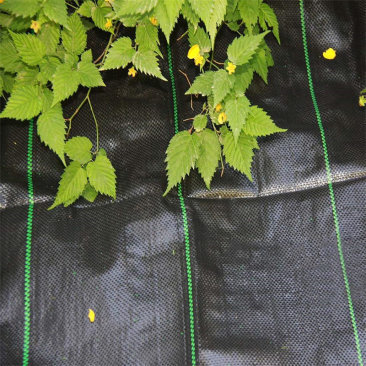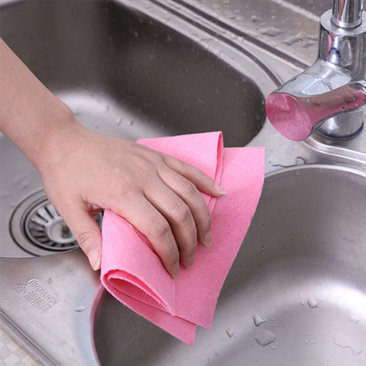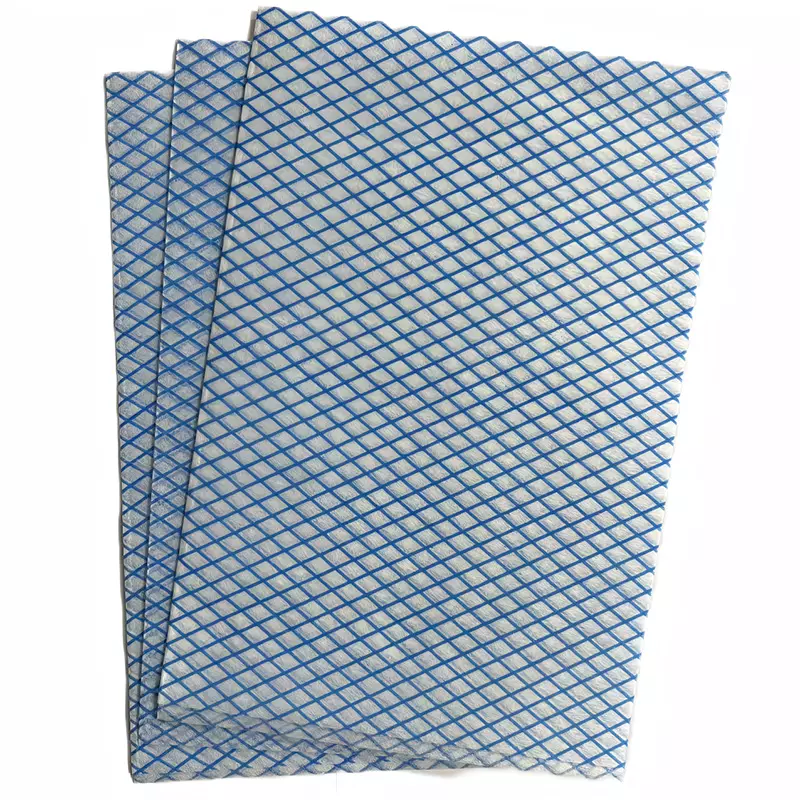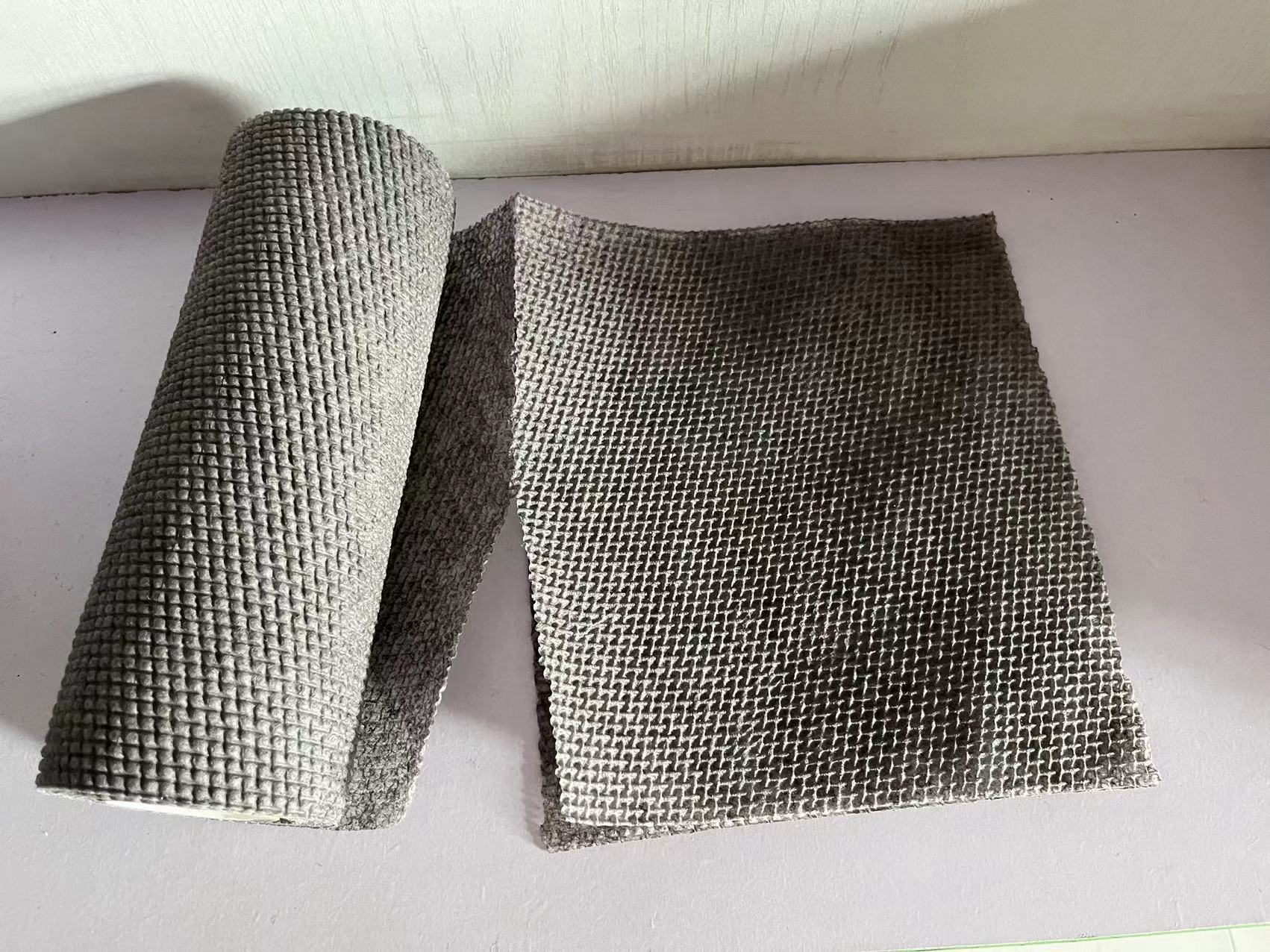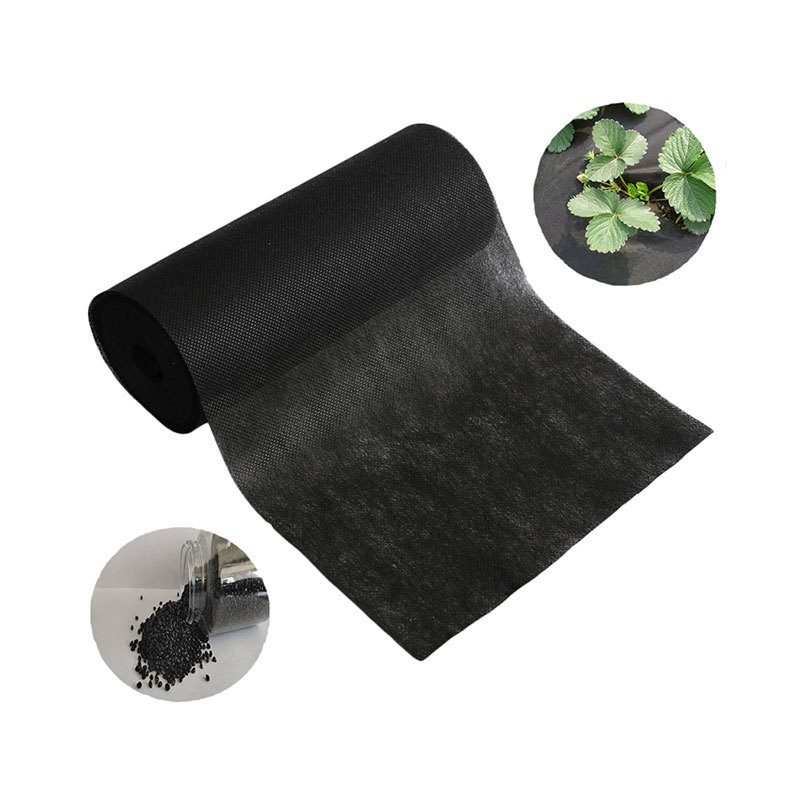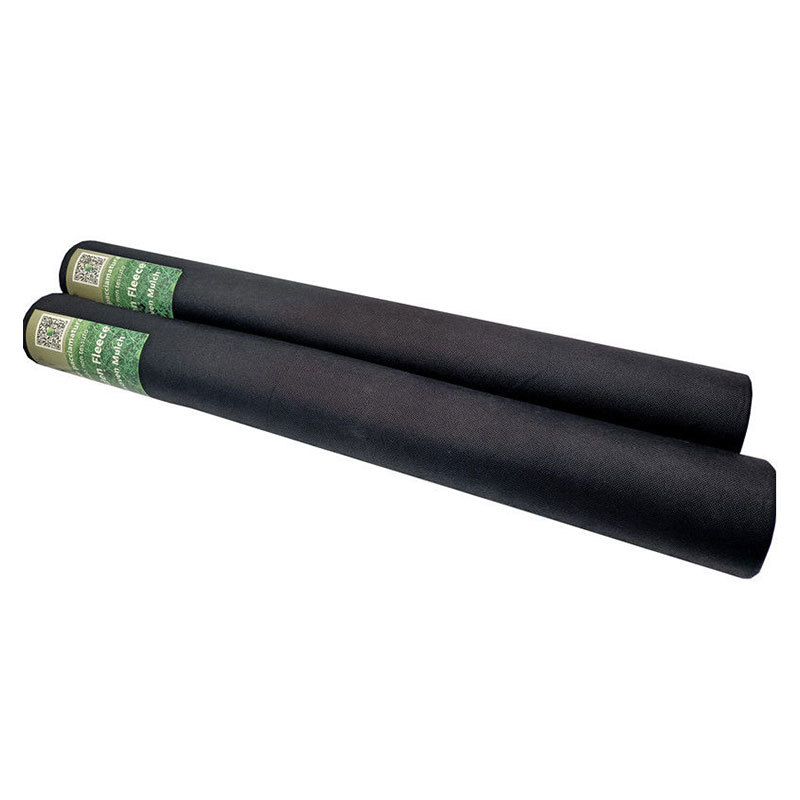04
2025
-
08
Innovative Uses of Spunbond Polypropylene Fabric in Various Industries
Innovative Uses of Spunbond Polypropylene Fabric in Various Industries Spunbond polypropylene fabric has become a cornerstone in the textile industry due to its remarkable properties and versatility. This non-woven fabric is known for its durability, lightweight nature, and resistance to various environmental factors. As industries continue to innovate and adapt, the applications of spunbond polyp
Innovative Uses of Spunbond Polypropylene Fabric in Various Industries
Spunbond polypropylene fabric has become a cornerstone in the textile industry due to its remarkable properties and versatility. This non-woven fabric is known for its durability, lightweight nature, and resistance to various environmental factors. As industries continue to innovate and adapt, the applications of spunbond polypropylene are expanding, offering solutions that meet modern challenges. In this article, we will explore the innovative uses of spunbond polypropylene fabric across several sectors, emphasizing its benefits and future potential.
Understanding Spunbond Polypropylene Fabric
To appreciate the innovative applications of spunbond polypropylene fabric, it's essential to understand what it is and how it is produced. Spunbond technology involves the continuous extrusion of thermoplastic polymer fibers, which are then bonded together through thermal or mechanical processes. This results in a fabric that is not only strong and durable but also breathable and lightweight.
Key Properties of Spunbond Polypropylene Fabric
Several characteristics make spunbond polypropylene fabric a preferred choice in various industries:
- Durability: It stands up to wear and tear, making it ideal for long-lasting applications.
- Water Resistance: The fabric’s structure repels water, protecting products from moisture.
- Lightweight: Its low weight allows for easy handling and transportation.
- Breathability: The fabric allows air circulation, which is crucial for specific applications such as hygiene products.
- Eco-Friendly: Spunbond polypropylene can be recycled and is often made from recycled materials, enhancing its sustainability profile.
1. Healthcare Applications
One of the most significant applications of spunbond polypropylene fabric is in the healthcare industry. Its unique properties make it ideal for various medical products.
1.1 Surgical Gowns and Drapes
Spunbond polypropylene fabric is widely used in manufacturing surgical gowns and drapes. These items require a material that is not only durable but also resistant to fluids and microorganisms. The fabric provides an effective barrier, ensuring the safety of healthcare professionals and patients alike.
1.2 Face Masks
In light of recent global health challenges, the demand for effective face masks has surged. Spunbond polypropylene is often used in the production of masks due to its filtration efficiency and comfort, providing essential protection against airborne particles.
2. Automotive Industry Innovations
The automotive sector has embraced spunbond polypropylene fabric for various applications, focusing on enhancing vehicle performance and aesthetics.
2.1 Interior Upholstery
This fabric is frequently used in car interiors for seat covers, headliners, and door panels. Its lightweight nature helps improve fuel efficiency while providing durability and comfort to passengers.
2.2 Insulation Materials
Spunbond polypropylene can be utilized as an insulation material within vehicles, contributing to soundproofing and thermal insulation. This enhances the overall driving experience by reducing noise and maintaining interior temperature.
3. Agricultural Applications
In agriculture, spunbond polypropylene fabric is gaining recognition for its role in promoting sustainable practices and improving crop yields.
3.1 Crop Covers
Farmers use spunbond polypropylene as crop covers to protect plants from extreme weather conditions. These covers provide a microclimate that enhances growth while allowing sunlight and moisture to penetrate.
3.2 Greenhouse Liners
Spunbond polypropylene is also employed in greenhouse construction. Its lightweight and durable properties help create a controlled environment that fosters plant growth while minimizing energy use.
4. Fashion and Textile Industry
The fashion industry is continually evolving, and spunbond polypropylene is making waves as a sustainable fabric choice.
4.1 Sustainable Clothing Lines
Designers are beginning to incorporate spunbond polypropylene into their collections, emphasizing eco-conscious fashion. The fabric’s recyclability and low environmental impact align with the growing demand for sustainable products.
4.2 Accessories and Bags
From handbags to hats, spunbond polypropylene is being used in various fashion accessories. Its versatility allows for creative designs that stand out in the competitive fashion market.
5. Construction and Building Materials
The construction industry is leveraging spunbond polypropylene fabric for its durability and protective characteristics.
5.1 Geotextiles
In landscaping and civil engineering, spunbond polypropylene serves as geotextiles, aiding in soil stabilization and erosion control. These applications are crucial for maintaining the integrity of construction sites and natural landscapes.
5.2 Vapor Barriers
As a vapor barrier, spunbond polypropylene prevents moisture from seeping into buildings, enhancing energy efficiency and protecting structural integrity.
6. Packaging Innovations
Packaging is another area where spunbond polypropylene is making a significant impact, particularly in the realm of sustainable packaging solutions.
6.1 Reusable Shopping Bags
With the global shift towards reducing plastic waste, reusable shopping bags made from spunbond polypropylene are gaining popularity. These bags are not only environmentally friendly but also durable and stylish.
6.2 Bulk Packaging Solutions
Spunbond polypropylene is also used for bulk packaging in warehouses and shipping. Its strength and resistance to tearing ensure that products remain safe during transit.
7. Home Furnishings and Décor
Spunbond polypropylene fabric is finding its way into home furnishing applications, enhancing both style and functionality.
7.1 Upholstery Fabrics
Manufacturers are utilizing spunbond polypropylene for upholstery in furniture, offering a durable and stain-resistant option that is easy to clean. This characteristic is especially appealing for households with children or pets.
7.2 Decorative Items
From cushion covers to wall hangings, spunbond polypropylene is being used in various decorative items, allowing designers to create innovative and attractive home décor products.
8. The Future of Spunbond Polypropylene Fabric
The future of spunbond polypropylene fabric looks promising. As industries continue to innovate and seek sustainable solutions, this versatile material is poised to play an even more significant role.
8.1 Technological Advancements
Ongoing research and development in spunbond technology are leading to enhanced fabric properties, making it suitable for even more applications. Innovations in recycling processes are also improving its sustainability profile.
8.2 Eco-Conscious Practices
As consumer awareness of environmental issues grows, the demand for eco-friendly materials like spunbond polypropylene will likely increase. This shift presents a valuable opportunity for manufacturers to develop sustainable products that resonate with consumers.
FAQs
1. What is spunbond polypropylene fabric made from?
Spunbond polypropylene fabric is made from thermoplastic polymer fibers, specifically polypropylene, which are extruded and bonded to create a strong, non-woven fabric.
2. Is spunbond polypropylene fabric recyclable?
Yes, spunbond polypropylene fabric is recyclable. Many manufacturers are now producing it from recycled materials, further enhancing its eco-friendly profile.
3. What industries use spunbond polypropylene fabric?
Spunbond polypropylene fabric is used in various industries, including healthcare, automotive, agriculture, fashion, construction, packaging, and home furnishings.
4. How does spunbond polypropylene compare to other fabrics?
Spunbond polypropylene is often more durable and resistant to moisture than many traditional fabrics. It is also lightweight and breathable, making it suitable for specific applications.
5. Can spunbond polypropylene fabric be printed on?
Yes, spunbond polypropylene fabric can be printed on, making it a popular choice for custom designs in fashion and packaging applications.
Conclusion
The innovative uses of spunbond polypropylene fabric across various industries demonstrate its versatility and adaptability. From enhancing healthcare products and automotive components to promoting sustainable fashion and agricultural practices, this fabric has established itself as a critical material in modern applications. As industries continue to evolve and prioritize sustainability, the role of spunbond polypropylene will only become more prominent, paving the way for a future where innovation and environmental consciousness go hand in hand.
spunbond polypropylene fabric


